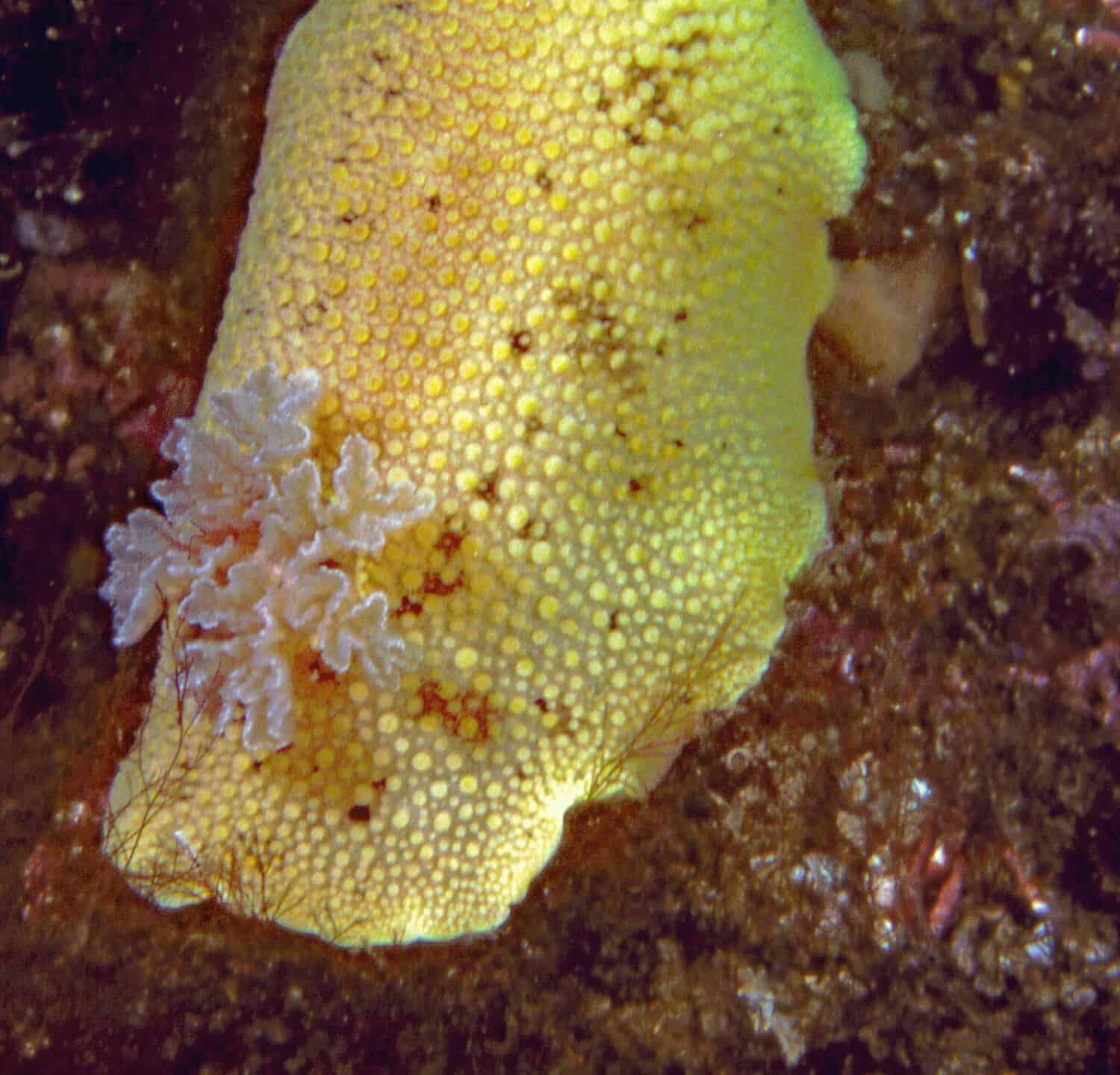At the most basic level, tubercles are knobby sections, protrusions or bumps forming on a plant or animal.
Tubercle Definition
According to Merriam-Webster, tubercles are:
1: a small knobby prominence or excrescence especially on a plant or animal : NODULE: such as
a: a protuberance near the head of a rib that articulates with the transverse process of a vertebra
b: any of several prominences in the central nervous system
c: NODULE sense b
2: a small abnormal discrete lump in the substance of an organ or in the skin especially: the specific lesion of tuberculosis
Pronunciation
Pronouncing this scientific term is genuinely much easier than it looks. Here is the proper way to pronounce this scientific term: Tu·ber·cle; ˈtü-bər-kəl
What Has a Tubercle?
Since the word refers primarily to a protrusion, knob, or rounded area, it is not relegated to one specific organism. Fungi, plants, and animals (including humans) all have them. But what those look like, where they are located, and how they function will all vary greatly.
Tubercles in Fungi
The round protrusions known as tubercles have a very specific role in mycology. They form the group of hyphae that mushrooms ultimately grow from.
Tubercles in Plants
What exactly constitutes a tubercle in plants varies by plant family. However, in general, it refers to a wart-like protrusion. They exist in cacti, orchids, peas, and many other plant families.
Some texts also refer to these nodules or outgrowths as podaria (singular podarium).
Other plants that have noticeable growths include:
- Cinnamon vine (Dioscorea batatas)
- String-of-hearts (Ceropegia woodii)
- Hardy begonia (Begonia evansiana)
- Devil’s tongue (Amorphophallus bulbifera)

String-of-pearls feature distinctive round nodules.
©iStock.com/Bilal photos
Tubercles in Animals
Round growths, protrusions, or nodules on animals manifest in various ways. And they appear on small and large animals.
They form on the dorsum of creatures like Peltodoris nobilis (sea lemon). These sea slugs (or shell-less mollusks) belong to the family Discodorididae. They typically don’t grow longer than 8 inches.
However, larger animals have them too. Humpback whales (Megaptera novaeangliae) also have tubercles. They appear on the flippers, and scientists believe these small bumps help improve the whales’ movements through the water.
There are roughly 15 fish species known to have these fascinating growths. The purpose of these nodules ranges from recognition to breeding. They also serve a defensive or fighting purpose in some species.
Tubercles even make an appearance in animals no longer walking the earth. Researchers believe multiple dinosaur species had them, including duck-billed dinosaurs. Scientists also discovered these protrusions on the skeletal remains of multiple maniraptoran dinosaurs.
Other animals that have (or had) tubercles include:
- Scallops (Pectinidae)
- Hammerhead sharks (Sphyrnidae)
- chondrichthyans

Distinctive sea lemons have small protrusions called tubercles.
©Ronald Shimek/Shutterstock.com
In Humans
Unlike other animals that feature tubercles in only certain parts of their anatomy, humans have them throughout our bodies. These small swellings occur in the skeletal system. They allow muscles to attach via tendons to the bones. They appear in the genitals and ears during gestation, eventually forming into the body parts where they are born. And there are two tubercles in the brain. One is the septotubercular tract, which remains a mystery. The other, tuberculum sellae, contains the pituitary gland (hypophysis).
Tubercles can also form in the mouth behind the last molar and the lungs after an infection. The latter specifically refers to the nodules formed during an active tuberculosis infection. In fact, that is how the disease got its name.
When Did the Term Tubercles Originate?
The word tubercle has a long and storied history. It first appeared sometime in the 1570s and is derived from the Latin term tuberculum. It means “small swelling.” The term later took on a more specific meaning in the medical world after Dr. Robert Koch discovered the root cause of tuberculosis in 1882.
What Are Tubercles Made Of?
In many cases, tubercles result from dead cells clustering together. These groupings of cells can often take on a cheeselike look. However, they are just excess tissue and cells.
However, in other instances, tubercles form out of keratin. This material helps to form nails, hair, and hooves.
Where Are Tubercles Found?
The answer to that question will depend on the specific plant, fungi, or animal referenced. Tubercles sometimes show up in the skeletal form of animals. This placement ensures the muscles get attached properly and help aid movement. In other cases, they will appear as bumps on the exterior portion of the animal.
In plants, tubercles typically form off the stem. However, that is not a general rule. They can also show up in other areas.
And in fungi, the tubercles play a vital role in the development of mushrooms.




